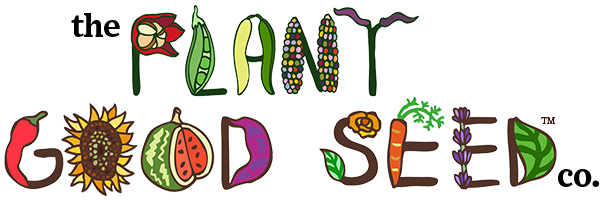Amaranth (Amaranthus spp.) is an annual, sometimes short lived perennial crop grown for its edible leaves, nutritious seeds, and showy flowers. The word amaranth is dervied from the Greek word amaranton, meaning “unwilting” – likely a reference to how well the flowers hold their color even after going to seed. Amaranth is a great crop for small gardeners interested in grain production but also facing spatial limitations. Seed production per plant is quite substantial, and seeds are relatively easy to process compared to proper grains (wheat, oats, barley, rye) and quinoa. Young amaranth plants are a great leafy green producer in hot summer climates. Plant flowers vary in color depending on species, anywhere from deep burgundy to bright orange.
Nutritional information:
Packet: 600 seeds (0.6 gram), OG
Packet: 600 seeds (0.6 gram), OG
Packet: 600 seeds (0.6 gram)
Packet: 600 seeds (0.6 gram), OG
Packet: 600 seeds (0.6 gram), OG
We use cookies on our website to give you the very best shopping experience we can. By using this site, you agree to its use of cookies.
Emails every 4-6 weeks featuring compelling original gardening content, new variety announcements, sales, and event appearances.
